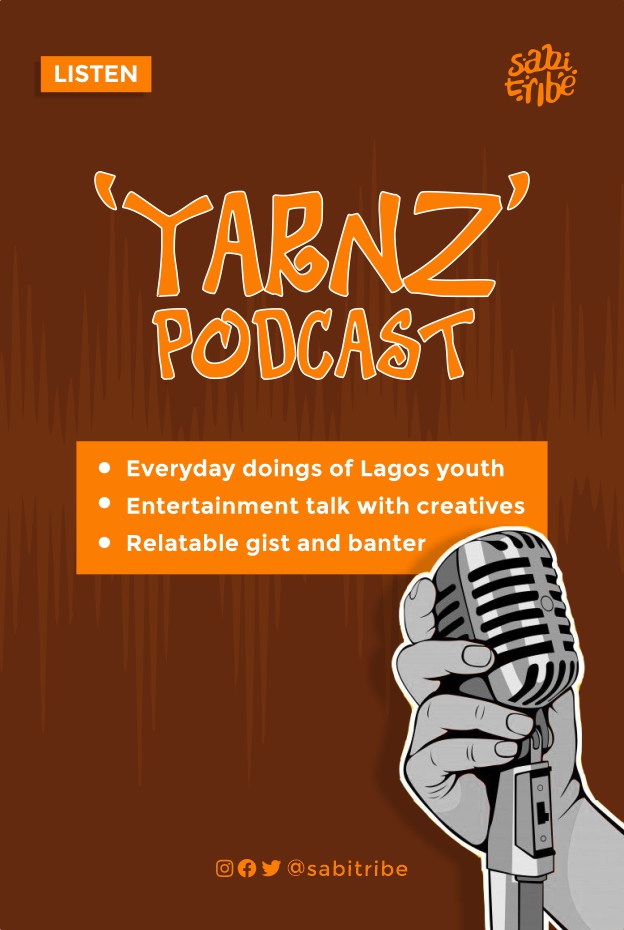Every day is a holiday!
While most of us have recovered from the recent holidays, we can’t deny that we’re still impatiently anticipating the next one. Partly for the festive sense of community that holidays bring but particularly if they get us off work.
Here, we look at holidays from around the world that you may have never heard of but are important celebrations for the cultures in which they originate.

1. Kwanzaa
Kwanzaa is an African American holiday celebrated from the 26th of December to the 1st of January. It was started by Professor Maulana Karenga, a Professor of Pan-African studies at the California State University in Long Beach in 1966 after the Watts Riot.
Basically, this holiday celebrates family, community and culture through 7 core principles of African culture reminding members of the Black community of their roots. Each day of Kwanzaa represents a core principle and a candle is lit at night to commemorate this.
Day 1 represents Umoja meaning Unity
Day 2 represents Kujichagulia meaning self-determination
Day 3 represents Ujima meaning collective work and responsibility
Day 4 represents Ujamaa meaning cooperative economics
Day 5 represents Nia meaning purpose
Day 6 represents Kuumba meaning creativity
Day 7 represents Imani meaning faith
Interesting fact: Kwanzaa is actually from a longer Swahili phrase, matunda ya Kwanza, meaning first fruits.

2. Dia de los Muertos
Dia de los Muertos or The day of the dead is a Mexican holiday celebrated between November 1 and November 2. Now spread across Latin America, the holiday combines indigenous Aztec rituals influenced by Catholicism from when the Spanish colonists arrived.
This holiday celebrates the lives of deceased family members through food, drinks and activities the dead enjoyed in life. It is thought that on this day, the dead awake to celebrate with their loved ones. Families clean and decorate graveside and remember the dead with ofrendas which are small personal altars honoring a dead loved one.
However, in contrast to the Catholic holidays, All Saints’ Day, all Hallow’s Eve and All Souls’ Day celebrated around this period, this holiday takes a more joyful tone. Music, dancing, candies, gifts, and parades are common sights to see. Picnics are also held by the gravesite, often containing tamales, a popular food for both the living and the dead.
Marigold flower petals (the flower of the dead) are lined up from the grave to the family homes so that the dead may find their way home.

3. Diwali
Also known as the festival of lights, Diwali (sometimes spelled Divali) is a celebration by many Hindus, Sikhs, Jains, and Buddhists in India and other countries. Diwali celebrates the victory of good over evil, light over darkness, knowledge over ignorance.
Main figures of the celebration include Lakshmi, the goddess of prosperity, who is worshipped at her temple and King Rama, a man celebrated for his noble virtues even in the most difficult circumstances.
The celebration is for five days between Mid October and Mid November when it is believed that King Rama returned from exile and rescue of his Sita from his ten headed adversary Ravana. The day King Rama returned is named Diwali.
If you’re in India, you can expect to see houses all over the city lit up with ‘diyas’ (oil lamps) and ‘rangolis’ (colorful floor art), people in their most impressive outfits and eat a few treats often shared with both families and neighbours.

4. Chinese New Year
Ever wondered why many Chinese families seem kind of late to the new year celebration. This is because based on the Lunar calendar, the beginning of the new year falls around late January and early February. The Chinese New Year celebration lasts fifteen days and comes on the second moon after the winter solstice.
Characterised by lavish celebrations from dragons to fireworks, lanterns and family reunion dinners, the holiday attracts hundreds of millions to the Asian continent. On the feasting tables, many treats have deeper meanings. Dumplings signify fortune, noodles eaten without breaking the strands signify good health and long life and the colour red signifies good luck.
It is also common to see red envelopes handed out to children and unmarried adults containing money as a sign of prosperity. Houses are also thoroughly cleaned, debts settled and disagreements resolved as part of preparations.
If you think Nigerian aunties are pushy, then you haven’t met the families in China. Apparently pressure is so high that it is common for women to rent out boyfriends when returning home.

5. Hanukkah
If you know a Jew, then you may find this one particularly interesting. Hanukkah or Jewish Festival Of Lights is celebrated for eight nights and days. Hanukkah is observed in November or December according to the Hebrew Calendar.
This holiday celebrates the defeat of King Antiochus who enslaved the Jews in the 2nd century. Popular symbols include the Menorah or Hanukiah, the holder on which 9 candles called Candelabrum are placed. The ninth candle called the Shammash, meaning attendant or servant, is used to light the other eight.
You’ll probably find a Jew family playing dreidel, a spinning block with a square top engraved with Hebrew words meaning ‘a miracle happened here’ (or there, if you’re outside Israel), and eating many fried foods such as latkes (fried potato pancakes).

Which of these holiday celebrations did you find most interesting? Let’s know in the comments.
#TraditionalValues is a segment documenting the beauty of indigenous culture. This edition brings the world to your screen as we explore 5 holidays celebrated globally.




